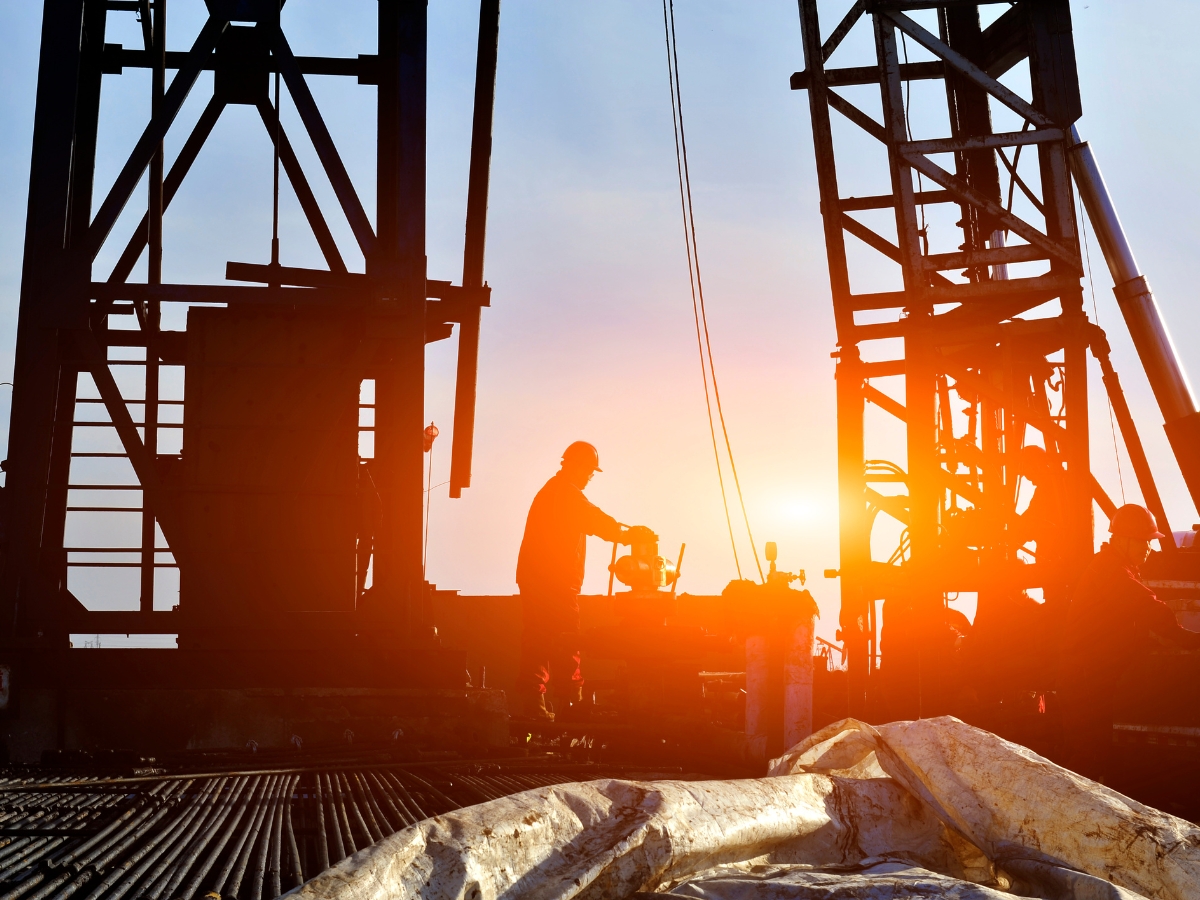Omaniisation hits 89% in oil & gas, bringing a remarkable achievement for Oman’s energy sector. As of mid-2025, nearly 17,900 Omani nationals are now employed in various roles across the country’s vital oil and gas industry. This figure shows a sharp increase in national participation and is being seen as a strategic success under Oman’s Vision 2040 plan.
The Ministry of Energy and Minerals announced this progress during a recent press briefing, highlighting the government’s ongoing efforts to empower the local workforce and reduce dependency on expatriate labour in key sectors. The 89% Omanisation rate includes workers across upstream and downstream activities, including exploration, drilling, production, and refinery operations.
89% Omaniisation Rate: A New Benchmark
The oil and gas sector has long been the backbone of Oman’s economy. Reaching an 89% Omanisation rate is not only a symbolic success but also a practical one. It reflects the strong cooperation between the government and private sector players, who have worked together to ensure the training, upskilling, and hiring of Omani nationals.
This significant rise also aligns with the Sultanate’s long-term vision to build a sustainable knowledge-based economy. The policy of Omanisation aims to create more job opportunities for nationals, develop local expertise, and ensure economic independence in strategic industries like energy.

Empowering National Talent
Over the past few years, major oil and gas companies operating in Oman, such as Petroleum Development Oman (PDO), OQ, and Occidental Oman, have stepped up their recruitment of local talent. Special training centres and industry-academic collaborations have been launched to provide young Omanis with the necessary technical skills to thrive in the sector.
For example, the National Employment Program (NEP) and the National Training Fund (NTF) have contributed to ups killing thousands of youth. These initiatives are designed to meet the real-time needs of the job market, making graduates more job-ready.
In addition, vocational training programs and internship schemes in collaboration with universities and polytechnic institutions have resulted in a highly skilled local workforce.
Ministerial Vision and Industrial Support
Eng. Salim Al Aufi, Minister of Energy and Minerals, emphasised during the announcement that the high Omanisation rate is a “strategic victory for the country’s long-term workforce development goals.” He added that local participation will continue to grow as more projects come online in both upstream and downstream sectors.
Private companies have also welcomed this milestone. Many industry leaders mentioned that the national workforce has shown excellent adaptability, skill, and commitment to the field. As a result, companies are increasingly confident in expanding local hiring targets in future projects.
Omani Youth Driving the Energy Sector
A key contributor to the 89% Omanisation rate is the growing involvement of Omani youth in technical and engineering roles. Thousands of young engineers, geologists, drilling technicians, and safety officers are now contributing directly to national energy production.
According to official figures, out of the nearly 17,900 Omanis currently working, a significant percentage are under the age of 35. This shows that the government’s push to involve the younger generation in the labour market is yielding strong results.
Women are also entering the sector in growing numbers, especially in environmental safety, chemical engineering, and project management roles.

Challenges and the Way Forward
While the 89% Omanisation milestone is commendable, experts warn that sustaining this rate requires continuous investment in education, training, and technology. There is also a need to diversify employment areas within the energy sector, including digital transformation, sustainability, and energy efficiency.
Some challenges still remain, such as matching job seekers with the right roles and balancing automation with human labour. But the government’s proactive approach, along with strong partnerships with private firms, is helping to bridge these gaps.
Plans are already underway to increase Omaniisation in specialised fields such as renewable energy, hydrogen production, and carbon capture technologies.
Global Recognition and Economic Impact
This achievement has not gone unnoticed globally. International energy observers see Oman’s success as a model for other Gulf countries aiming to localise their workforce. The 89% Omanisation in oil and gas proves that with clear policy, industry cooperation, and youth engagement, significant transformation is possible.
Economically, this also means that a large portion of salaries and wages are staying within the country, boosting domestic consumption and saving valuable foreign exchange. As the energy sector remains profitable, the integration of the national workforce ensures that economic growth benefits citizens directly.
Conclusion
Omaniisation hits 89% in oil & gas, marking a proud moment in Oman’s development journey. With nearly 17,900 Omani nationals now working in this vital sector, the country has demonstrated its commitment to building a self-reliant, empowered, and skilled workforce. This success is not just a number it is a powerful sign of progress, vision, and national unity.
As Oman continues on its path toward Vision 2040, the energy sector stands as a shining example of what can be achieved through collaboration, planning, and dedication to local talent.
Do follow Gulf Magazine on Instagram
Also Read – Salalah Enters Khareef Season: 7 Stunning Reasons to Visit Now



